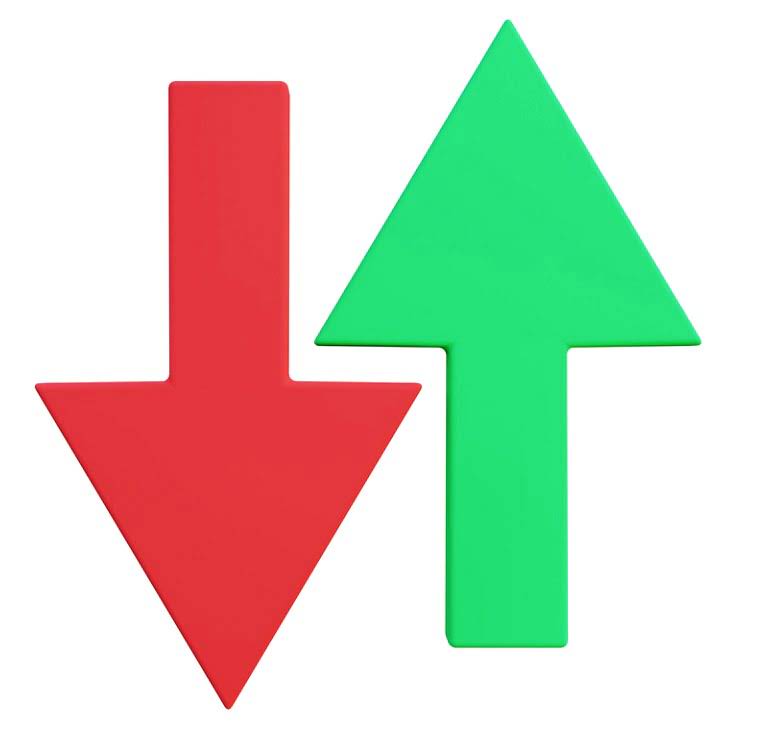
In the realm of cost analysis, understanding the factors that influence incremental costs is crucial for making informed decisions. Incremental cost analysis involves calculating the additional cost incurred by taking a specific action or making a particular decision. By considering various perspectives, we can gain valuable insights into the complexities of this analysis. From the above information, we bookkeeping see that the incremental cost of manufacturing the additional 2,000 units (10,000 vs. 8,000) is $40,000 ($360,000 vs. $320,000).
Why TranZact’s Digital Document Management System is Right for Your Business?

Economies of scale occur when increasing production leads to lower costs since the costs are spread out over a larger number of goods being produced. The fixed costs don’t usually change when incremental costs are added, meaning the cost of the equipment doesn’t fluctuate with production volumes. We can see from the data above that the extra cost of producing the extra 2,000 units (10,000 vs 8,000) is $40,000 ($360,000 vs. $320,000). The incremental manufacturing cost per unit of product for these 2,000 extra units will therefore be $20 on average ($40,000 divided by 2,000 units). The cost behavior of some costs is the cause of Accounting Security the relatively low incremental cost per unit. For instance, the majority of fixed costs won’t change when the 2,000 extra units are produced, though a few fixed costs might go up.

Incremental Cost Calculator
![]()
It refers to the measure of the quantity of goods or services produced or the level of activity undertaken by a business. Understanding incremental cost is critical in developing pricing strategies, making production decisions, and assessing the impact of changes in production levels on profitability. By calculating incremental cost, businesses can determine the most profitable level of production and adjust their operations accordingly. Failure to consider incremental costs may lead to overproduction, which could negatively impact profitability.

Q2. What is the significance of incremental cost in decision-making?

The reason why there’s a lower incremental cost per unit is due to certain costs, such as fixed costs remaining constant. Incremental costs help to determine the profit maximization point for a company or when marginal costs equal marginal revenues. If a business is earning more incremental revenue (or marginal revenue) per product than the incremental cost of manufacturing or buying that product, then the business earns a profit. Remember, incremental cost analysis isn’t limited to business decisions—it applies to personal choices too. Whether you’re deciding to buy a car, renovate your home, or pursue higher education, understanding the additional costs involved is essential. When the two are compared, it Accounting Periods and Methods is evident that incremental cost the incremental revenue exceeds the incremental cost.
Directory Listing
- It is essential to note that understanding both costs’ composition is critical in achieving accurate calculations.
- By performing this kind of cost analysis in advance, you can forecast the amount you should budget for your company and the potential profit.
- It simply computes the incremental cost by dividing the change in costs by the change in quantity produced.
- Sunk cost is a cost that has already been spent and has no role in decision-making for the future.
- A retail company is contemplating opening a new store in a different location.
- Remember, these tips are meant to guide you in effectively calculating incremental costs.
- Analyzing incremental costs helps companies determine the profitability of their business segments.
By comparing the incremental costs with the potential benefits, organizations can assess the profitability and feasibility of their decisions. Calculating incremental manufacturing cost involves analyzing the additional expenses incurred when production increases. Businesses must identify variable costs directly tied to producing extra units. Tools like cost-volume-profit (CVP) analysis help determine the break-even point and the relationship between production volume, costs, and profits. Sensitivity analysis can further evaluate how changes in production impact costs, enabling data-driven decision-making. Understanding the concept of incremental manufacturing cost is essential for businesses aiming to optimize production efficiency and profitability.
- When calculating incremental cost, it is important to properly identify all relevant costs that will increase as a result of producing an additional unit.
- For instance, managers can evaluate the incremental costs of outsourcing versus in-house production, allowing them to make informed decisions based on cost-effectiveness.
- If a business is earning more incremental revenue (or marginal revenue) per product than the incremental cost of manufacturing or buying that product, then the business earns a profit.
- The two calculations for incremental revenue and incremental cost are thus essential to determine the company’s profitability when production output is expanded.
- However, incremental cost refers to the additional cost related to the decision to increase output.
- To calculate Incremental Cost, one must subtract the Baseline Cost from the total cost of a project or product that includes new changes.
- Incremental cost is choice-based; hence, it only includes forward-looking costs.